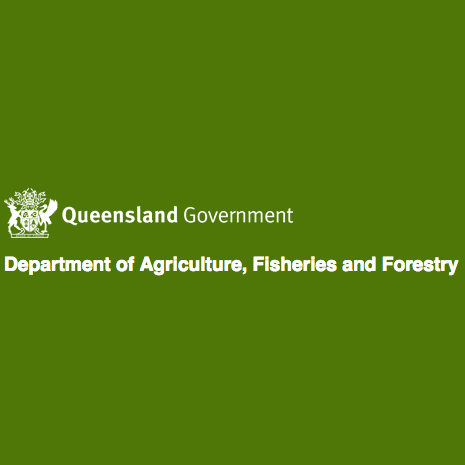Brief description
Despite international protection of white sharks (Carcharodon carcharias), important conservation parameters such as abundance, population structure and genetic diversity are largely unknown. The tissue of 97 predominately juvenile white sharks sampled from spatially distant eastern and southwestern Australian coastlines was sequenced for the mitochondrial DNA (mtDNA) control region and genotyped with six nuclear-encoded microsatellite loci. MtDNA population structure was found between the eastern and southwestern coasts (FST = 0.142, p < 0.001), implying female natal philopatry. This concords with recent satellite and acoustic tracking findings which suggest the sustained presence of discrete east coast nursery areas. Furthermore, population subdivision was found between the same regions with biparentally inherited microsatellite markers (FST = 0.009, p <0.05), suggesting that males may also exhibit some degree of reproductive philopatry. Five sharks captured along the east coast had mtDNA haplotypes that resembled western Indian Ocean sharks more closely than Australian/New Zealand sharks, suggesting that transoceanic dispersal or migration resulting in breeding may occur sporadically. Our most robust estimate of contemporary genetic effective population size was low and below the threshold at which adaptive potential may be lost. For a variety of reasons, these contemporary estimates were at least one, possibly two orders of magnitude below our historical effective size estimates. Further population decline could expose these genetically isolated populations to detrimental genetic effects. Regional Australian white shark conservation management units should be implemented until genetic population structure, size and diversity can be investigated in more detail. Reference: Blower, D. C., Pandolfi, J. M., Gomez-Cabrera, M. del C., Bruce, B. D. & Ovenden, J. R. (In press - April 2012). Population genetics of Australian white sharks reveals fine-scale spatial structure, transoceanic dispersal events and low effective population sizes. Marine Ecology Progress Series.Data time period: 2012 to 2012
Subjects
User Contributed Tags
Login to tag this record with meaningful keywords to make it easier to discover
Identifiers
- Local : era.daf.qld.gov.au/id/eprint/3519/


